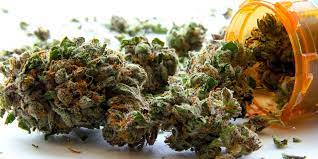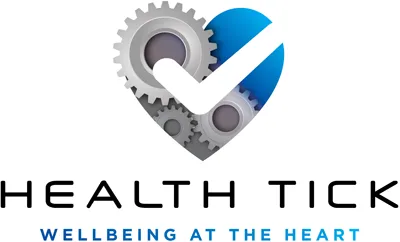By Glenn Dobson, CEO of The Drug Detection Agency

Australia stands at a crossroads. The medicinal cannabis revolution, once “sold” as a tightly controlled therapeutic option, has exploded into a booming, loosely regulated industry. The Herald Sun has sounded the alarm: over 99% of medicinal cannabis products in use today remain unapproved by the TGA, meaning they have not undergone the rigorous safety, quality, and efficacy assessments required for formal registration. Parallel to this, a Hemp Gazette report details how Victoria’s Legalise Cannabis party is actively lobbying for special workplace protections—arguing that prescribed cannabis should receive legal shelter from standard drug-testing rules.
But this policy push is premature. Granting special status before establishing an adequate regulatory framework risks embedding a systemic blind spot: legitimising widespread access to potentially unsafe products without sufficient oversight or understanding the risks to workplace safety.
A Surge Too Fast to Manage
This is not a small, benign trend. Several months ago, I noted the meteoric rise in medicinal cannabis prescriptions, noting how the system ballooned from just a few thousand approvals in 2018 to nearly 178,000 in 2024, almost a 70-fold increase. Read the full article here. The ABC and other outlets have highlighted how some prescribers issued thousands of scripts in mere months, prompting AHPRA to take disciplinary action against dozens of clinicians. Read the full article here.
Yet, regulation hasn’t caught up. The rush to utilise a quasi-legalisation access system has outpaced the development of safe prescribing guidelines, monitoring systems, real-world evidence collection, and even basic quality assurances.
Political Advocacy Inches Ahead of Safety
Now, Victoria advances legislation to enshrine cannabis prescriptions within workplace anti-discrimination frameworks and to soften testing consequences for THC, a substance whose ability to induce impairment remains well-documented. Yet in doing so, they ignore a simple fact: widespread prescription does not equate to validated safety. Indeed, medical bodies, including the AMA and psychiatrists, express grave concern about the surge in psychotic episodes associated with high THC products. In effect, policy is being shaped by anecdotes and emotion around ease of access, not by robust, evidence-based safety assessments.
The Real Risks at Stake
The danger here isn’t hypothetical. Unapproved products lack standardisation, so potency, purity, and adverse event profiles are unknown. The article in Healthed highlighted TGA concerns that high-THC products may pose mental health risks such as psychosis and dependency, with GPs reporting numerous concerning patient experiences. Read the full article here.
Meanwhile, practitioners flagged direct-to-consumer telehealth business models that prioritise volume (or revenue) over clinical judgement, sometimes steering vulnerable patients into prescriptions with minimal oversight or thorough assessment. AHPRA has warned that some clinics even “coach” patients into responses that justify prescribing, raising serious concerns about the integrity of clinical decision-making.
This is the critical moment for reform, but it must be grounded in caution and evidence, not convenience or populist politics.
First, lock the regulatory door before opening the gates. There must be stronger requirements around product approval, adverse event reporting, prescriber accreditation, and real-world outcome tracking before any legislative privileges are granted. The TGA’s consultation on unapproved medicinal cannabis products and the AMA’s support for updated guidance are steps in the right direction.
Second, empower prescribers with training and independence. Telehealth platforms mustn’t become conveyor belts for prescriptions. Clinical safeguards must include thorough assessment, coordinated care, documentation, exit strategies, and alignment with evidence-based guidelines.
Finally, safety must always come first. Legislative and policy changes must be guided by the principle that protecting patients, ensuring workplace safety, and safeguarding the broader community outweigh any political or commercial momentum. Until the system is transparent, evidence-based, and clinically robust, granting “special status” to medicinal cannabis risks creating harm rather than health.
Australia’s medicinal cannabis framework is unfortunately following a less-than-ideal global pathway. The surge in prescriptions, the flood of unapproved products, the aggressive marketing, and the shortage of prescriber oversight form a concerning picture. Granting special legal status to medicinal cannabis users without first securing the infrastructure for safety is like racing to build a highway before the bridge is tested. Then again, should we really be surprised?
Now is not the time to rush to decisions and respond in an emotional way; we must pause, reassess, and build a stable foundation rooted in clinical integrity and public safety. Only then can we truly be confident in the frameworks being considered. Until then, ideology cannot outrun evidence.

